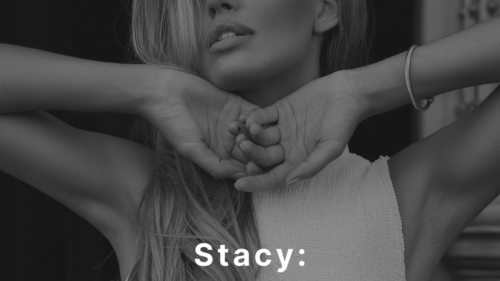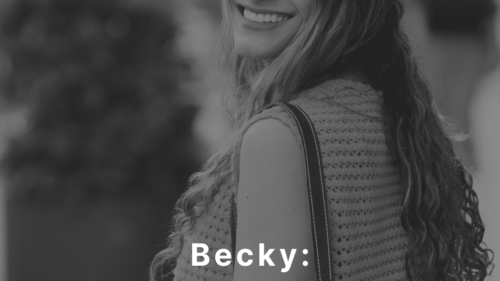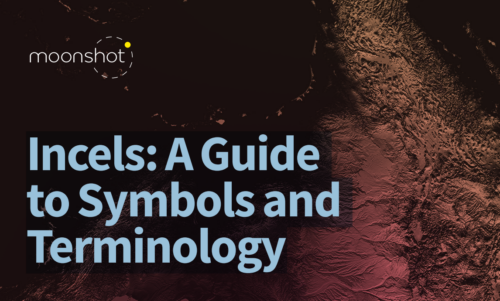Call us now 01926 402 498
Incel Ideology Explained
Incel – a term associated with a mostly online subculture of people, who define themselves as unable to find a romantic or sexual partner despite desiring one, and who may blame, objectify and denigrate women and girls as a result.
Where did ‘incel’ come from?
Although the term incel is now widely associated with male-dominated online spaces and misogynistic ideologies, it was originally coined by a woman. In the 1990s, a woman named Alana created Alana’s Involuntary Celibacy Project, a personal website where she and others discussed experiences of loneliness, shyness, and social isolation. The term incel emerged as a way to describe those struggling to form romantic or sexual relationships.
Over time, however, the meaning of incel evolved and took on different connotations, shaped by the communities that adopted it. Today, the term is often linked to online subcultures that promote harmful narratives about gender and relationships, making it essential to understand both its origins and its modern implications.
The 80/20 Rule
What is the 80/20 Rule?
The Reality: In economics, the Pareto Principle suggests that 80% of outcomes come from 20% of causes.
The Incel Myth: Incels have twisted this concept to claim that 80% of women only want the top 20% of men, leaving the rest “undesirable and alone.”
The Truth? This is not backed by real-world evidence—it’s just another way to fuel anger and misogyny.
How the 80/20 Rule Fuels Harmful Beliefs
- Encourages resentment toward women
- Promotes the idea that men are “owed” sex
- Normalises toxic masculinity and violence
- Leads to real-world harm, as seen in cases of incel-inspired violence
Adolescence highlights how these beliefs radicalise young boys online, shaping their views on relationships, sex, and power.
The “Chad, Stacey & Becky” Myth
Incels, or “involuntary celibates,” believe attraction is rigged against them. Their world is built on toxic stereotypes that dehumanise both men and women – leading to online harassment, radicalisation, and even real-world violence.

Chad
The “ideal” man: handsome, rich, confident. Incels believe women always choose Chads.
- Tall, muscular, and conventionally attractive
- Wealthy or high-status
- Naturally confident and socially dominant
- Has an effortless ability to attract women
But the reality?
Not all attractive men are manipulative or hyper-masculine. Confidence and attraction are shaped by many factors, not just genetics.The idea that only “top-tier” men find love is false and fuels resentment toward men who don’t fit this mold.

Stacey
The “perfect” woman: attractive, popular, and supposedly only interested in Chads.
- Blonde, conventionally beautiful, and hyperfeminine
- Popular and sought after
- Only attracted to Chads
- Materialistic and “uses men for attention”
What’s the reality?
Women aren’t monolithic – they are individuals with different preferences, personalities, and values. Sexuality is complex, and attraction isn’t determined by looks alone. This stereotype fuels misogyny by portraying women as shallow manipulators.

Becky
The “average” woman: Incels believe she still has more dating options than them but isn’t as desirable as Stacy.
- “Plain” or “basic” in appearance
- More likely to date “lower-status” men but still overlooks incels
- A feminist or “socially aware” woman who “rejects traditional gender roles”
- “Settles” for an average guy, but incels believe she still has the power in relationships
What’s the reality?
The Becky stereotype shows how incels see all women as obstacles rather than individuals. Even women who are not seen as “ideal” are still resented for their perceived power in dating. Women, like men, face insecurities and dating struggles—but incels reject this reality.
Looksmaxxing
“Looksmaxxing” is a term used online to describe the pursuit of improving one’s physical appearance to its perceived maximum potential. It often involves strategies like skincare, fitness, and grooming. However, it can rang up to more extreme measures such as cosmetic procedures, jawline exercises, or even dangerous trends like “bone smashing.”
While some aspects, like exercise or healthy skincare, can be safe and beneficial, other practices promoted in online communities can be harmful and based on misinformation. Looksmaxxing is frequently tied to social media culture, where appearance is highly valued and young people may feel pressured to conform to unrealistic beauty standards. It’s important to approach any self-improvement methods critically and prioritise safety, mental health, and body positivity.
Though the term does not originate from Incel culture, some of the methods promoted online for looksmaxxing do.

Bone Smashing
‘Bone smashing’ is a dangerous trend circulating on TikTok, where individuals strike their faces with blunt objects like hammers or bottles, believing it will reshape their facial bones to achieve a more defined appearance.
Proponents of this practice often cite Wolff’s Law, which suggests that bones remodel in response to mechanical stress. However, applying blunt force trauma to the face does not lead to beneficial bone remodeling and can cause significant harm.
Engaging in ‘bone smashing’ can result in:
-
Facial fractures and disfigurement
-
Soft tissue damage and nerve injury
-
Infections due to open wounds
-
Long-term psychological effects from body image issues
These consequences highlight the severe risks associated with this trend.
The ‘bone smashing’ trend has gained over 267 million views on TikTok, spreading rapidly among young audiences. This underscores the influence of social media in promoting harmful behaviors.
It’s crucial to approach online trends with skepticism and prioritise safety over appearance. Seeking professional advice from healthcare providers is essential before considering any cosmetic procedures.

